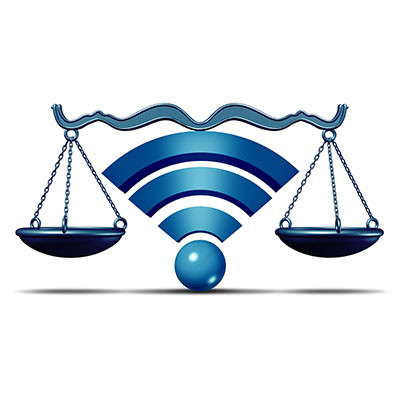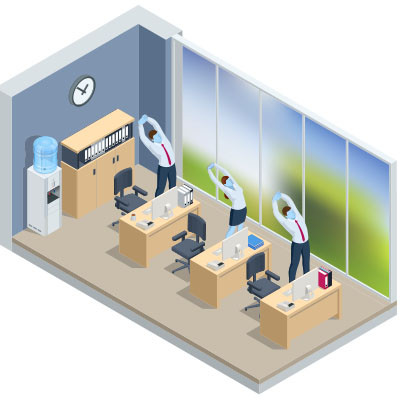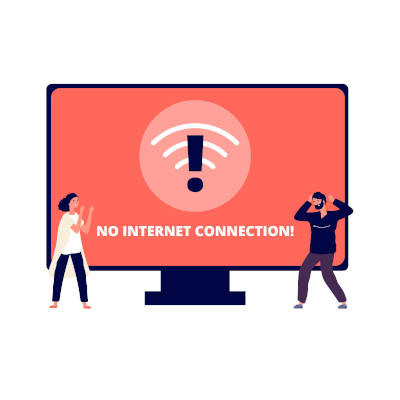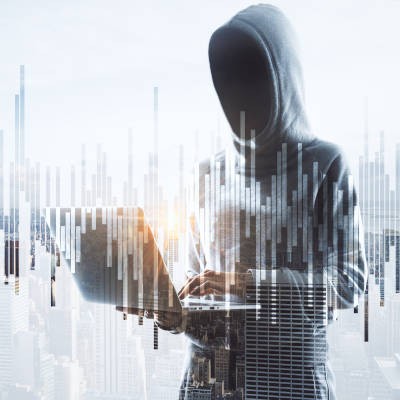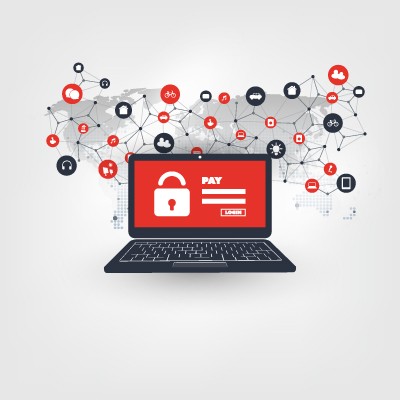Net neutrality has long been an embattled topic, with rules flipping every few years depending on the opinions of those with influence. Recently, the Federal Communications Commission had its most recent net neutrality policy struck down by the 6th Circuit Court of Appeals… in such a way that sets the concept back to square one.
Let’s discuss why this is a particularly dangerous decision, and very well could put small and medium-sized businesses at a distinct disadvantage moving forward.

